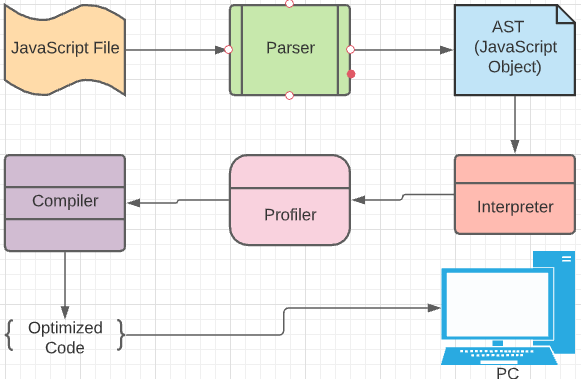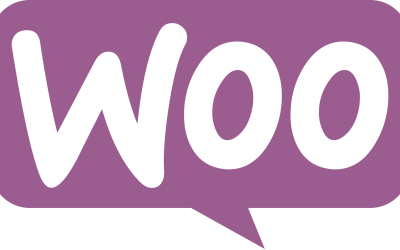JavaScript is a scripting language that runs in the browser and is used to create interactive web pages. It’s an integral part of your website and any other website you use that relies on it, such as Google Maps or YouTube. The language has been around since 1995 when it was created by Netscape. Since then it has evolved into a more powerful and versatile programming language. You’ve probably heard of HTML, CSS and now PHP after my previous blog post, but not JavaScript, which might make you wonder: what exactly does it do? If you’ve asked yourself this question, here are some things about JavaScript you should know.
What is JavaScript
JavaScript is a highly configurable programming language that was designed by Brendan Eich, the inventor of the language, to be much more complex than Java or C++. In fact, it is written in an abstract syntax tree. So, what does this mean? It is a collection of parts and rules that are put together to create a webpage. The JavaScript interpreter, as well as other parts, like the window or event handlers, are all written as JavaScript code.
After all, this is coded, a webpage is produced by the browser, which in turn is a program that is programmed in JavaScript. You will often hear people refer to the web browser as a “browser”, but it is what is running in your browser and is essential to make sure your website functions correctly.
JavaScript Example

Why Is It Important to Your Website?
As previously mentioned without JavaScript you would not have such interactive web pages. For example, on YouTube, you can customize a video playback speed. With it you can select the speed you want your video to play at and the program will dynamically change the speed of the video.
JavaScript can also be used to handle “data-binding,” which is like Active Template Engine (ATE). When you link a data binding to the DOM (Document Object Model), your program will update the DOM (Document Object Model) whenever you change a value for that property. For example, with an, if statement you can add a condition to the HTML code that will trigger the program to execute when that condition is true.
How Does It Work?
Like most programming languages, JavaScript is a combination of both logic and syntax. However, unlike programming languages like Java or C, JavaScript has a built-in scripting capability that allows developers to create functions that create scripts that perform a variety of functions within the web browser. JavaScript is a scripting language that runs within the browser.

What Are The Most Common Uses?
You probably already use it on your website by choosing a search engine or the right ad groups. You also use it on some forms of websites and apps. The most common use is writing scripts that interact with the user on your website. These are like mini-programs on your website. The user can click on links or buttons to perform actions like sending a tweet, playing a game, or even playing a video. This requires JavaScript.
Another common use is the ability to use your website without leaving your browser. This is particularly useful if you need to run your website behind a proxy or firewall that blocks it. You can also use it to access your website from other devices.
Conclusion
JavaScript has a lot of uses and applications. Although it was initially created for Internet browser programming, it’s versatile enough that you can use it on any web page. Using JavaScript ensures you’ll create a dynamic website that keeps your visitors engaged and talking to you. It allows you to create more engaging user experiences, with a better click-through rate (CTR) and a lower bounce rate. The next time you write a line of JavaScript code, do your research and make sure it’s for the right reasons and for your website.







